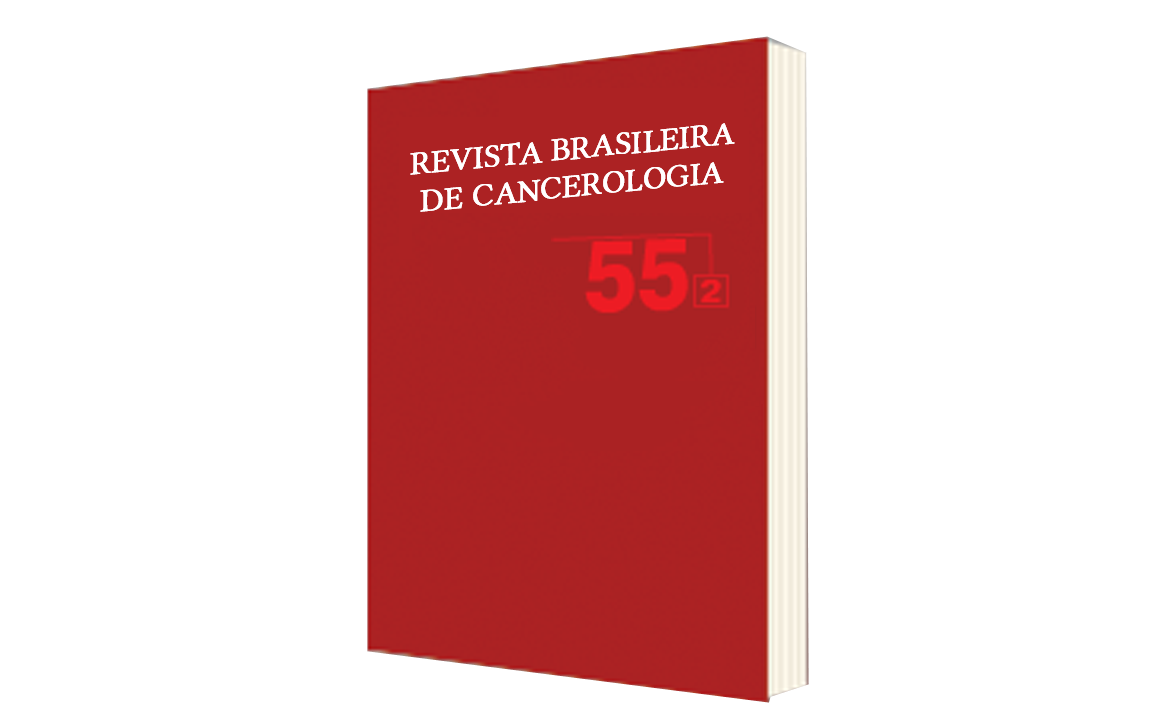Oral Health and Quality of Life Assessment of Patients with Head and Neck Cancer treated at a Free Clinic in Porto Alegre
DOI:
https://doi.org/10.32635/2176-9745.RBC.2009v55n2.1642Keywords:
Quality of life, Oral health, Head and neck neoplasms, EpidemiologyAbstract
The aim of the present study was to evaluate the QOL (Quality of Life) in patients suffering from head and neck cancer related to oral health conditions. Several social and economic factors and habits were analyzed, including aspects related to tumor and oral health conditions - DMF-T (Caries Index is constituted by decayed teeth, missing teeth and tooth fillings), uses the need of prosthesis, xerostomia, and dentist appointments in the previous six months, mucositis and curtailment. Two questionnaires - Quality of Life Questionnaire - Cancer30_Portuguese Brazilian, version 3.0 and EORTC Quality of Life Questionnaire - Head&Neck35_Portuguese Brazilian – were used. At first, the QOL was considered as median, with a moderate functional level and low symptomatology. There was no significant statistic correlation between lost and decayed components of the DMF-T with QOL. The group of patients who needed prostheses reported minor performance and social function. The group of patients with xerostomia showed a lower QOL, with a lower level of functioning and higher symptomatology. During the follow up, patients showed no QOL changes when compared to the first period of the study; however, the symptoms increased and the function level decreased. The CPOD increased and the use of prosthesis decreased, whereas the need of it increased. It was not possible to verify the relationship between QOL and mucositis, as only few patients were affected by this condition. Curtailment was negatively connected to the performance function, nausea, vomiting and appetite loss. Clinic evaluation of oral health alone was not enough to establish its connections with QOL. Nevertheless a dentist must be part of the multidisciplinary oncology staff to minimize the damage to the patient's oral health, in order to increase the patients QOL.









